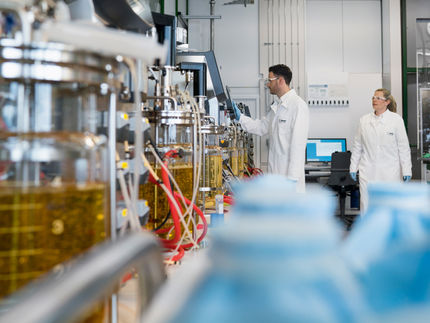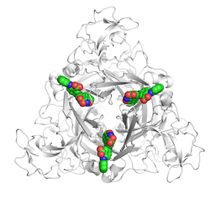Microorganisms employ a secret weapon during metabolism
Advertisement
In the global carbon cycle microorganisms have evolved a variety of methods for fixing carbon. Researchers from Bremen and Taiwan have investigated the methods that are utilized at extremely hot, acidic and sulfur-rich hydrothermal vents in shallow waters off the island of Kueishantao, Taiwan. A team working with first author Joely Maak of MARUM – Center for Marine Environmental Sciences at the University of Bremen has now published their study in the professional journal Biogeosciences.
Extremely harsh conditions can be found even in shallow marine waters. A common cause for this is the presence of hydrothermal systems where dissolved materials from the Earth’s interior make their way to the surface. These systems are usually the only energy source in the deep sea because photosynthesis is not possible in the dark depths. Hydrothermal vents, however, also occur in shallow coastal regions, for example, near the volcanic island of Kueishantao in eastern Taiwan. The island is surrounded by hydrothermal vents in shallow water, at depths of around ten meters. Hot and acidic water rises to the surface here and alters the sea-water chemistry. This results in extreme conditions.
“These chimneys release super-heated, highly acidic water into the overlying water columns. One might think that such an extreme location is lifeless, but it is actually full of life because at the same time the vents are constantly producing chemical energy in the form of reduced chemical compounds,” says Joely Maak, first author of the study and a PhD student at MARUM. One of the predominant organisms at these hydrothermal systems is a microorganism called Campylobacteria. Its “secret weapon”, as Maak refers to it, is the reductive tricarboxylic acid (rTCA) cycle. This cycle is a biochemical pathway for transferring carbon into organic molecules and biomass. Compared to the more widely utilized Calvin cycle, organisms using rTCA do not have to go through as many energy-intensive steps. That is the secret weapon that makes it possible for them to predominate in this extreme environment.
“The analysis of isotope ratios has enabled us to track the carbon fixed using this 'secret weapon' even into the crab that lives there - a transfer that could not be detected in this way before,” explains Dr. Solveig Bühring of MARUM, a senior author of this study.
Original publication
Joely M. Maak, Yu-Shih Lin, Enno Schefuß, Rebecca F. Aepfler, Li-Lian Liu, Marcus Elvert, Solveig I. Bühring; "The energy-efficient reductive tricarboxylic acid cycle drives carbon uptake and transfer to higher trophic levels within the Kueishantao shallow-water hydrothermal system"; Biogeosciences, Volume 22, 2025-4-15

















































